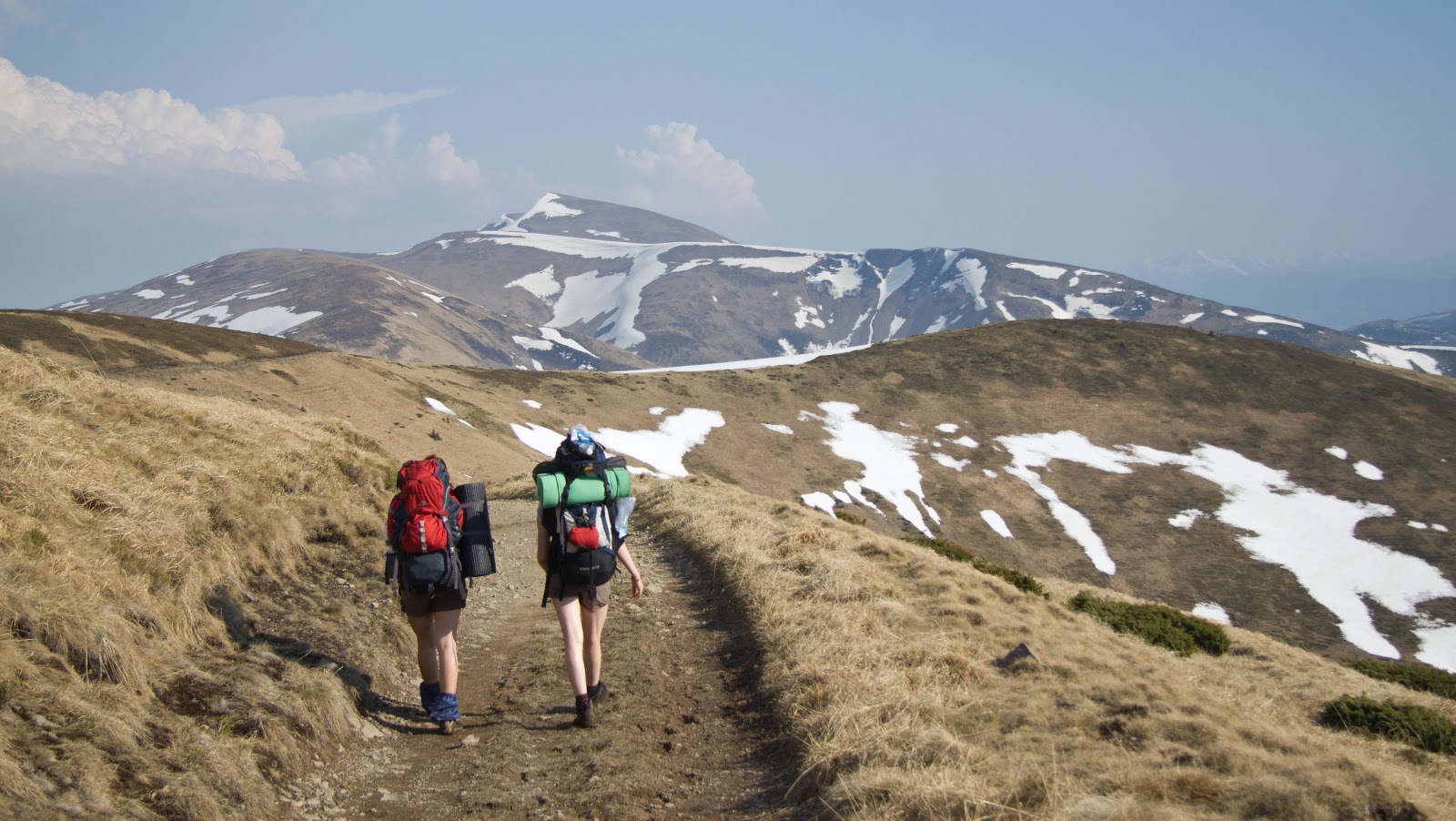Italy, XI.2012
It's 6 a.m. when severe cold air wakes me up from anyway frequently interrupted sleep. Or maybe it is not the coldness or sense of danger when sleeping without roof over the head, in the spot found fifteen minutes before laying down the head, about thirty meters from a park alley. Sense which protected me so far from falling in some more serious "accommodation trouble".
I get up from my lair made of newspapers under a tree. It was Natalia's idea - brilliant anyway, because my sleeping bag haven't got wet from the ground. The idea was the more ironic that free newspapers in Bergamo contain mostly advertisements of real estates... Maybe we don't have our four walls, but thanks to them we've had our own floor in a picturesque italian town.
This is how you get around when you've got only a small luggage in Wizzair, and that means no tent. We didn't manage to find any couch host in Bergamo and for renting any accommodation here we would pay as much as for the airplane ticket. Both ways.
Why do people put fences everywhere, once they get the right to do so? Previous night we've been looking for a place for our newspaper lair for a long time, slowly losing hope that we'd find anything. Everything closed, barred, padlocks, barriers, gates, even barbed wire. Excessive space room for them, and what harm could do two sleeping bags after all?
Bergamo - it is not just an airport on the way to Milano
I've heard about Bergamo in book written by Marzena Filipczak "Tanie latanie" ("Flying cheaply"), from where I got the impression it is more worth visiting than the famous city of Milano. I got the description of small cobblestone streets in the evening stuck in my mind. Nevertheless when we've bought the tickets, the main theme was "We're flying to Milano!". Rookie mistake.
Honestly, I have a thing for small towns where nothing is happening, at least on the surface. Where with one bus you can do a tour through the whole city, not getting lost in counting stops. Maybe this is why Bergamo became far more impressing destintion for me than Milano itself. Milano full of tourists, full of trash, noise and traffic. Bergamo offers something totally different.
Visitor is awaited by landscape of magnificent walls of Citta Alta, immediately pointing out where the strength of the city comes from. For building 6 kilometers of the city walls a big part of the town has been brought down, and the actual costs exceed the projected budget over twenty times. This kind of budget changes aren't to be found even in the projects funded by the European Union.
The city walls are surrounding a high hill, which you can climb by several small streets winding and turning among old italian buildings. You could get easily lost if it's not for one essential hint - always go upwards. So we;re going, always up, in several days getting to know almost every of numerous ways from the lower city.
On the top you can find a sleepy - at least in the beginning of November - square. Pigeons don't mind being a cliche element of the landscape, they're quite comfortable with this. A middle-aged man in classy coat stops to read newspaper. On the other side of the square a young boy kneels, takes out his guitar from the case. I just love "wasting" hours watching the slow rhythm of people slowly flowing through the arteries and heart of the city. Bergamo is perfect for this purpose.
What to eat
Pizza, of course. In Bergamo I've tasted the best pizza in my life, nothing like the ones served in Poland. The amount and smoothness of the cheese cannot be compared with anything. Bought per kilo, we've paid a lot for our bum standards, but it was worth it.
What to drink
Italy just as other southern countries, brings immediately a thought of wine. And that would be totally correct. But during my second visit in Bergamo my host, Andrea, showed me the other face of liquor face of Italy - amaro. A liquor made from herbs, deriving from mountain monasteries. And used as a remedy for everything, a glass after the meal to help digesting. A glass, or two.
Maybe it is caused by the contrast with a close and more famous neighbour - Milano. Maybe Bergamo is not so peaceful as it looks? I've spent around 8-9 days in total there, so what can I know. But for me it stays a highly recommended place to visit if you are around the Bergamo airport. Or northern Italy.
Practical information (spoiler alert):
- you can get from the airport to the city quite cheaply with public transportation. No shuttle stuff
- the delicious pizza I wrote about can be found on Via Gombito, west from Pizza Vecchia. Most probably you can spot the place by the people waiting in line in front of it
- quite good prices for amaro in Citta Alta can be found on the north end of Via Salvecchio
- tourist information can be found by the railway and bus station, behind McDonald's
- wifi in whole northern Italy is some creepy joke. Even for getting the free one (McDonald's) you have to register with phone number. Italian one.
- cheap connections to the mountains - Orobie or Lecco (mountains + awesome lake)
- there is baggage deposit close to the airport in the shopping mall.
- tickets to Milano (if you have to go...) are around 5 euro, not much difference between bus and train






















































